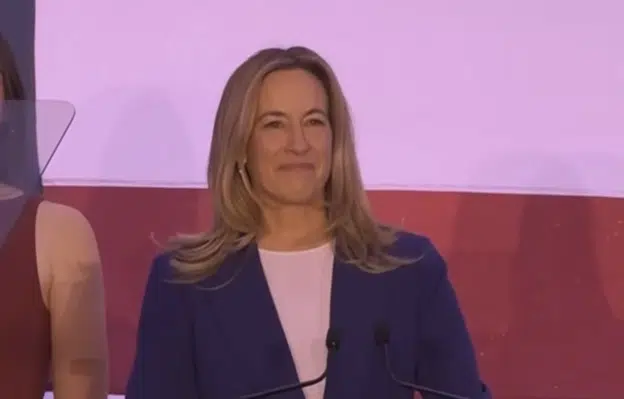By Robert Romano –
What is the role of public broadcasting in today’s society? That’s a question that Congressman Doug Lamborn wants an answer to. He is proposing to slash the $420 million budget of the Corporation for Public Broadcasting (CPB).
The CPB proclaims its mission is to “provide programs and services that inform, enlighten, and enrich the public. CPB has particular responsibility to encourage the development of programming that involves creative risks and that addresses the needs of unserved and underserved audiences, particularly children and minorities.”
Really. Children and minorities lack programming? Someone should get the word out to Harry Potter, Optimus Prime, and Hannah Montana. Or to Black Entertainment Television and Spanish media giants Univision and Telemundo that actively seek minority audiences on the air and have grown in the marketplace. Somehow, these audiences are, according to official government proclamation, “unserved and underserved”.
In fact, there are literally thousands of television and radio stations that “inform, enlighten, and enrich the public” that involve “creative risks,” and which reach tens of millions of Americans. The arts, news and entertainment industries are multibillion dollar operations — $480.6 billion a year, according to the Bureau of Economic Analysis — that have seen proliferation in the past fifty years unprecedented in human history.
The public votes every day with their clickers, and they are without a doubt far better patrons of the arts than government ever has been.
According to Lamborn, the CPB receives about 13 percent of its funding from Congress: $420 million. That means that its total budget is about $3.23 billion, comprising less than 1 percent of the market share of the entire industry. The $420 million taxpayer financing hardly even registers in the industry, comprising less than the $460 million it reportedly took to produce and promote James Cameron’s latest blockbuster, Avatar.
It was not always so.
For centuries, the arts and other media depended upon government benefactors — aristocrats, and monarchs that commissioned paintings, frescoes, symphonies, operas, and other state-funded propaganda — a fact often cited by supporters of public broadcasting and other entities like the National Endowments for the Arts and Humanities (NEA & NEH).
In truth, the aristocratic patronage of the arts was primarily for powerful families to gratify themselves and to promote their rules. The arts were luxuries for the powerful, not necessarily for public consumption. They were of course financed by taxpayers.
In antiquity, the Middle Ages, and the Renaissance, visible forms of propaganda were limited to architectural feats: palaces, bridges, churches, and also statues and sculpture, arenas, and theaters. And also to public forums, parades, performances and pageantry, which were all places for the distribution of propaganda, usually transmitted orally or through signage.
Today, the goals of public broadcasting have really not changed all that much, for they still serve a propaganda purpose. However, today there is a paternalistic, statist twist. The degree of public financing is utilized by elitists to claim to represent “unserved and underserved” communities. So, they’re welfare programs for what may otherwise be unsuccessful arts.
Or would they be unsuccessful without government backing? In fact, government expenditure into public broadcasting, the arts, and humanities distorts the marketplace, and may even be weakening the appeal of these classical art forms within the marketplace.
These art forms, whether they be classical music, historical documentary films or other performing arts, are probably underserved and underfunded by government backing, which given its not-for-profit model, drives practically no capital into back those art forms compared to the private sector. It also puts out next to no mass marketing on their behalves, a necessary component to competing in the arts and entertainment industries.
Instead, where they might otherwise be thriving, the classic art forms are government dependents.
It’s time for the arts to break out of the antiquarian, Medieval notion that government is their most prolific benefactor. It is not. The people who comprise the market are, as is evidenced by the widespread success of the privately-funded movies, television, and music industries.
One of the reasons for “starving artists” is because in so many of the art forms, the government has claimed a practical monopoly. Minus these government-created outlets — like public broadcasting, the NEA, and the NEH — those same artists would be vigorously competing privately for profit in a much larger marketplace determined by the demand for their arts rather than government subsidy of them.
Robert Romano is the Senior Editor of ALG News Bureau.






